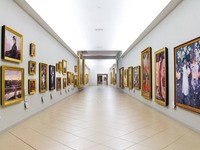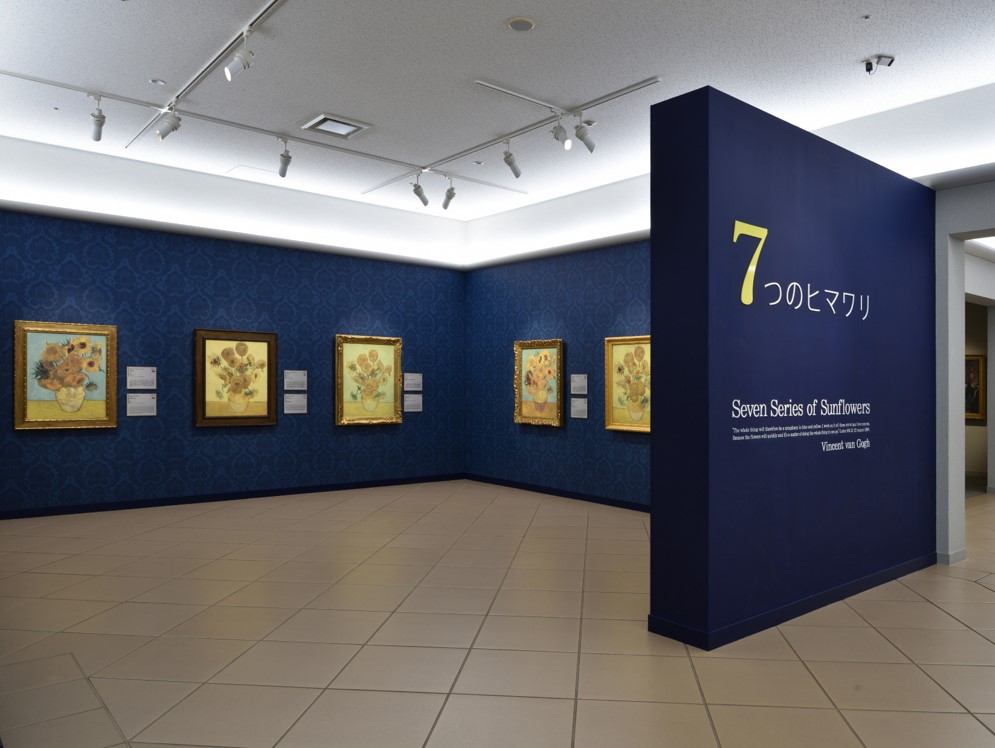Otsuka Museum of Art
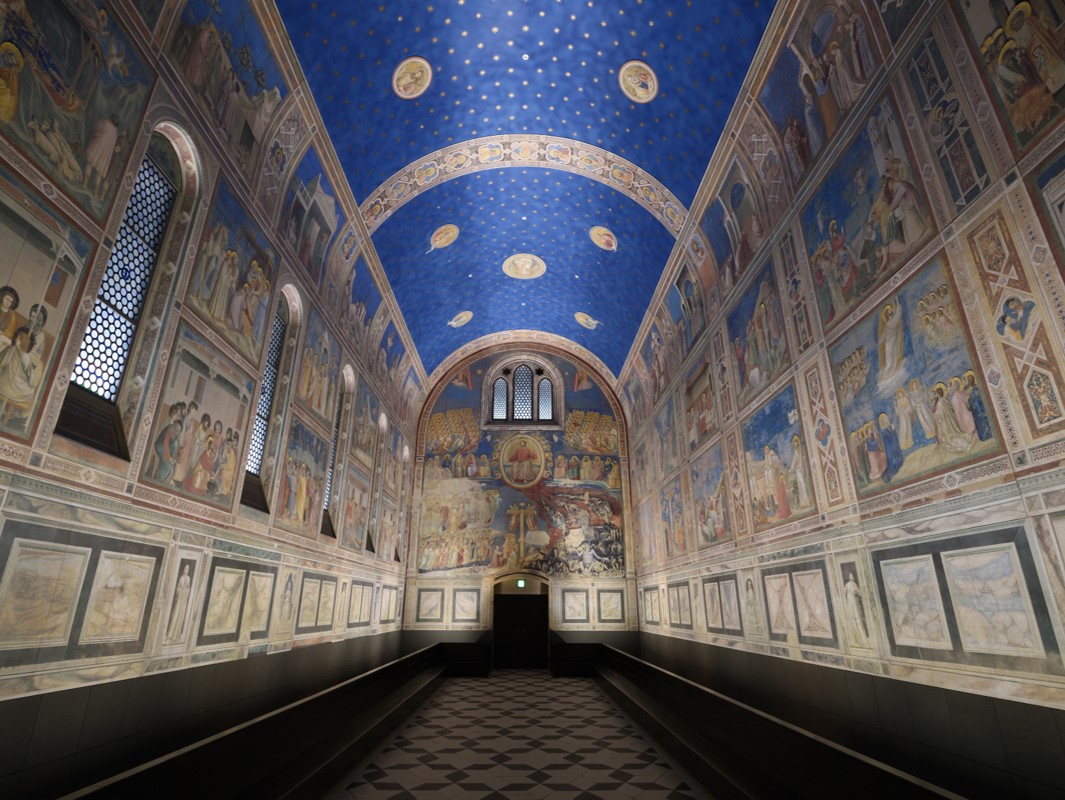
This porcelain masterpiece art museum is the largest in the country and unparalleled in the world. It has a permanent exhibition area of about 30,000 square meters and a 4km viewing route.
There are 1,000 full scale ceramic reproductions of Western painting from ancient to modern day, from 190 art museums in 26 different countries. It is the best place for art education and is a popular tourist spot.
【TEL】088-687-3737
【Business hours】9:30~17:00 (Sale of admission tickets until 16:00)
【Regular holiday】Mondays,January(The next day if it is a holiday): There are consecutive closures in January, and there are other special closures, no holidays in August
【Fee】General 3,300 yen, college student 2,200 yen, elementary/middle/high school student 550 yen
★Group discount · · · 10% discount for groups over 20 people
【Access】
· About 3 minutes by car from the Kobe Naruto Expressway "Naruto North" IC→Free shuttle bus service from private parking lot
· From JR Naruto Station take the Route Bus (towards Naruto Park)→Get off at "Otsuka International Museum of Art"
【Address】Within Naruto Park, Narutocho, Naruto
Related Places
-
- Kitanada Sea Station / JF Kitanada Fish Market
-

"Kitanada Sea Station" was born as the first sea station in Tokushima Prefecture. The facility can be accessed from either the land by car or the sea by pleasure boat. We sell a lot of special prod.....read more
-
- Monuments at Naruto Park
-
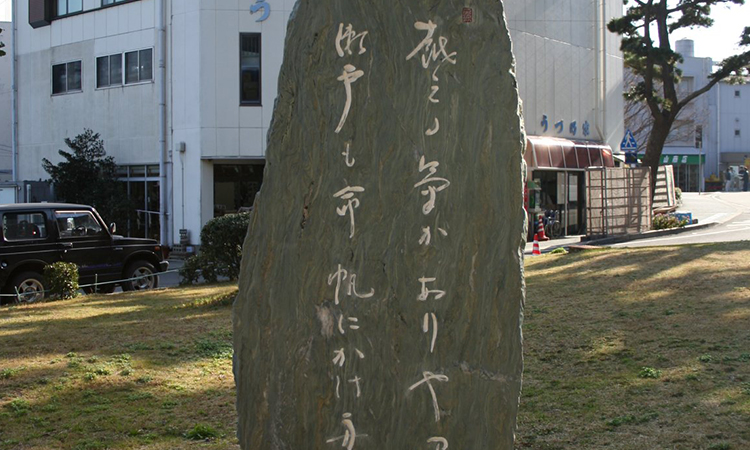
Designated as Seto Naikai National Park, Naruto Park houses various literary steles and other monuments. How about taking a walk while enjoying the magnificent view of the Naruto Strait?..read more
-
- First Temple of the Shikoku 88 temple pilgrimage, Ryozen-ji
-
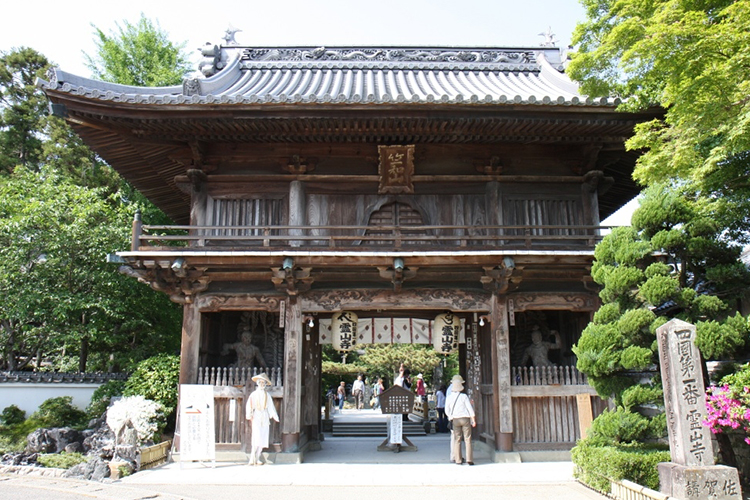
Known as "Ichiban-san," this is the starting point of the 88 temple pilgrimage in Shikoku, which follows the path of the legendary monk, Kobo Daishi. It is a popular route, and you can see pilgrims.....read more
-
- Ceramic plate on the pillar of the Ko-Naruto Bridge (68 views of Awa Kitadomari Ko-Naruto)
-

Thanks to a project by Hyogo and Tokushima's "Naruto Whirlpools" World Heritage Registration Promotion Council, a ceramic plate has been installed on the main pillar of the New Ko-Naruto Bridge (Ka.....read more
